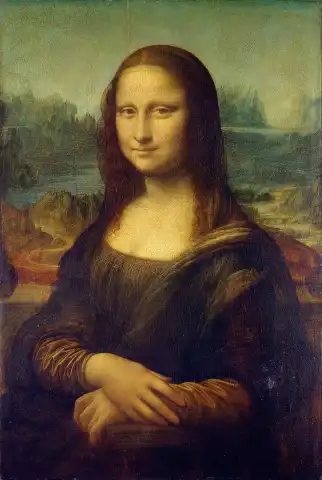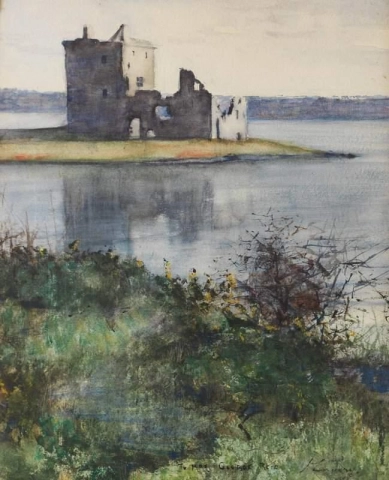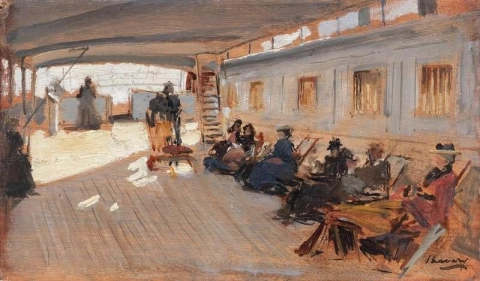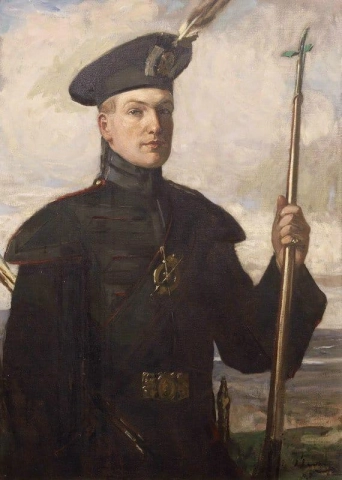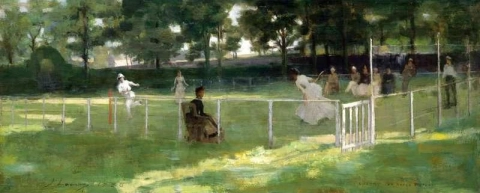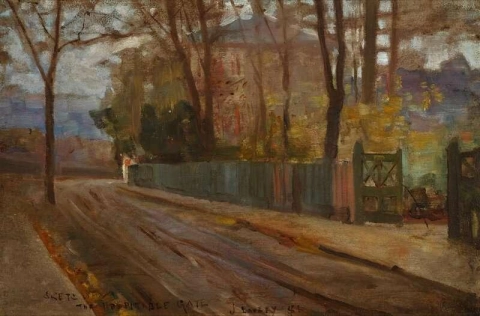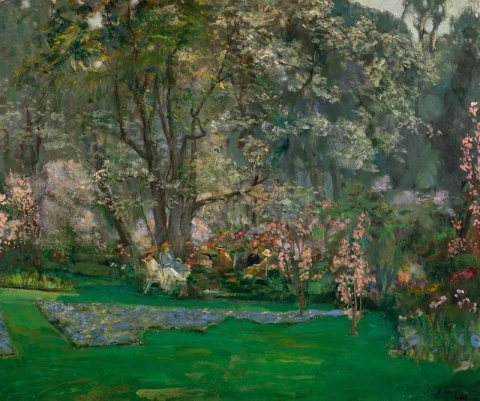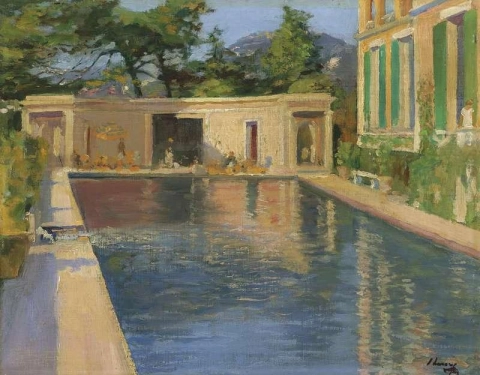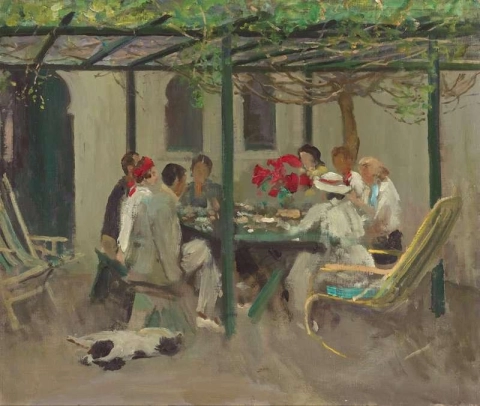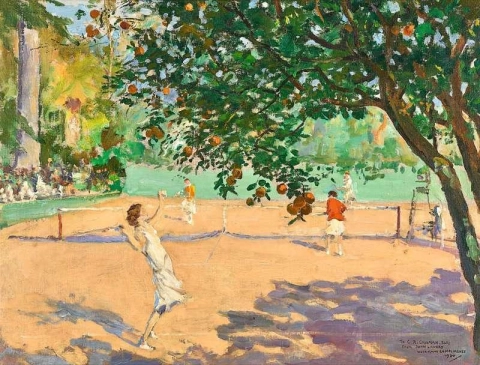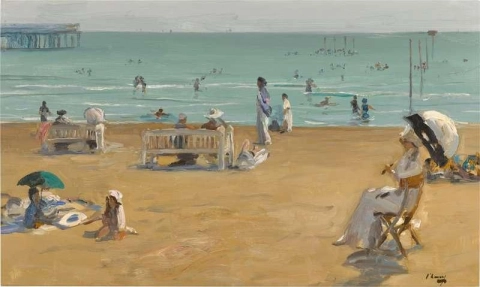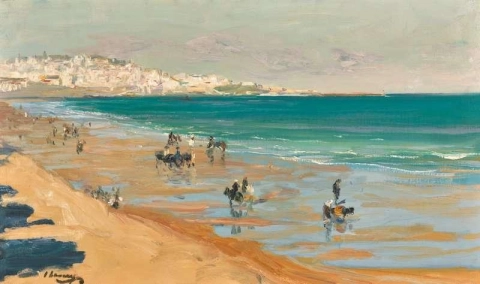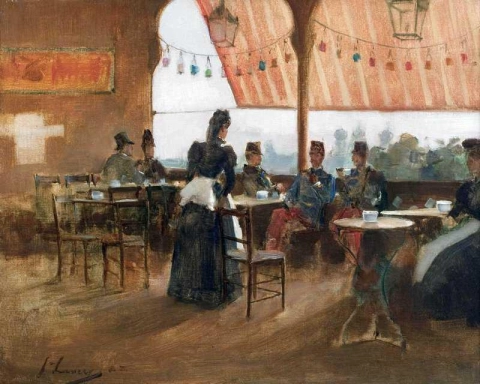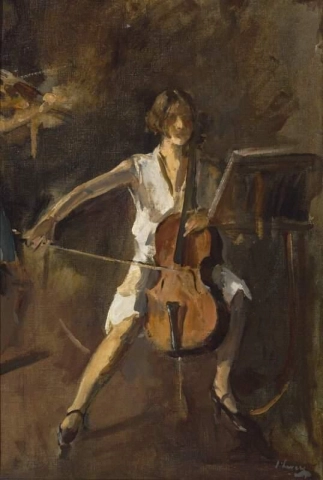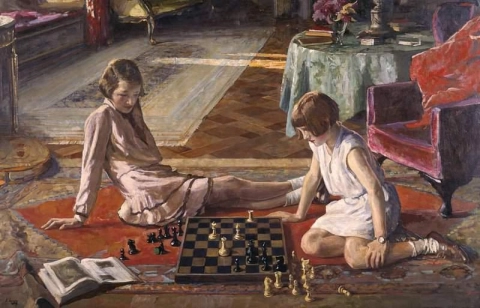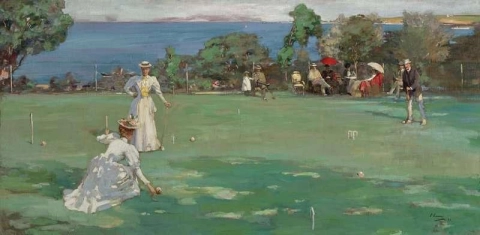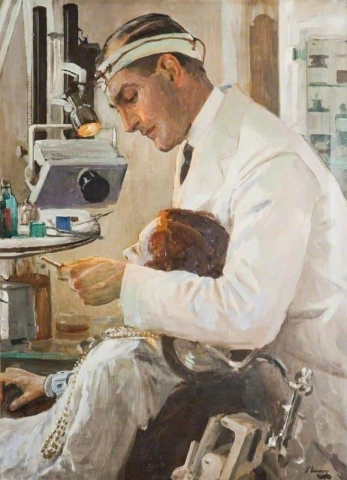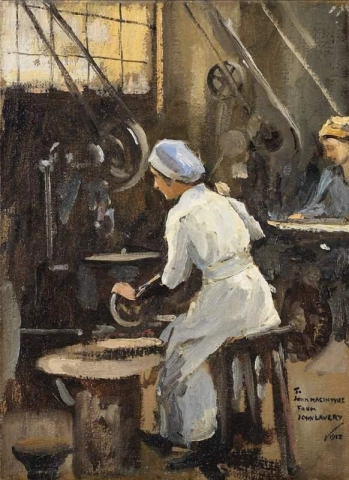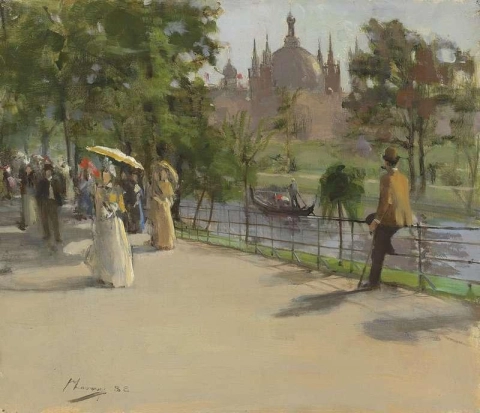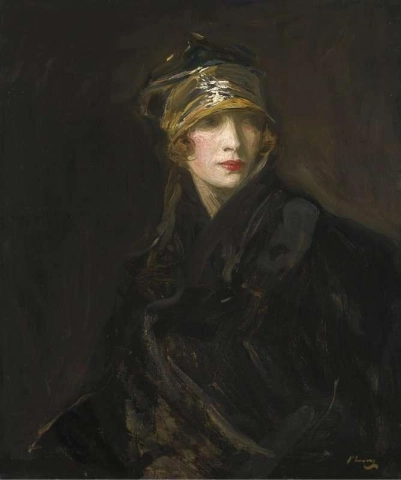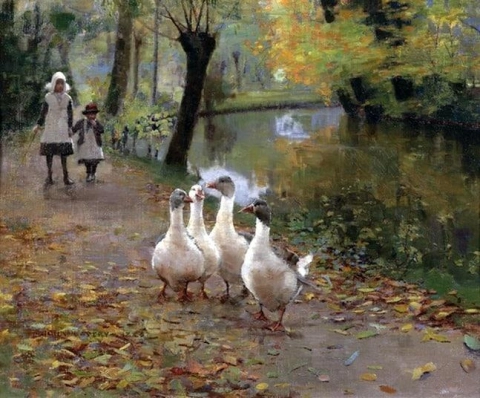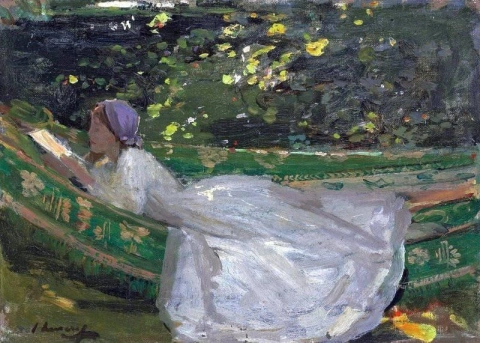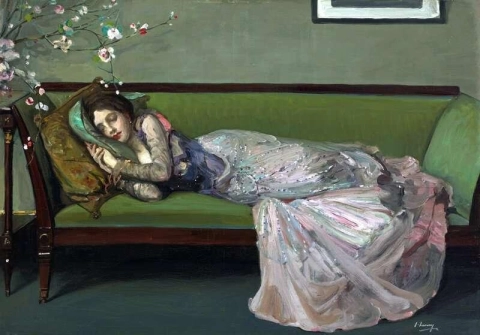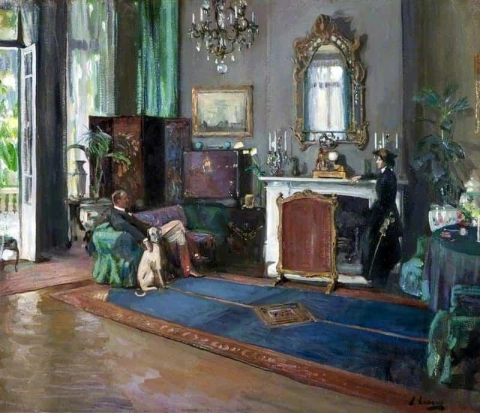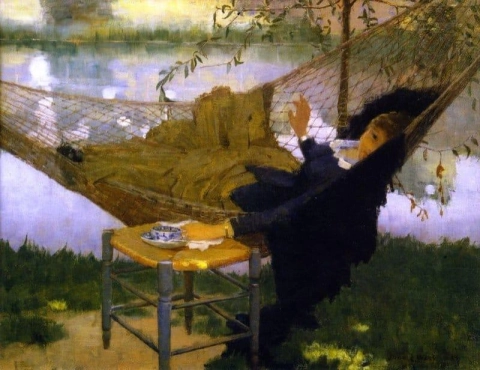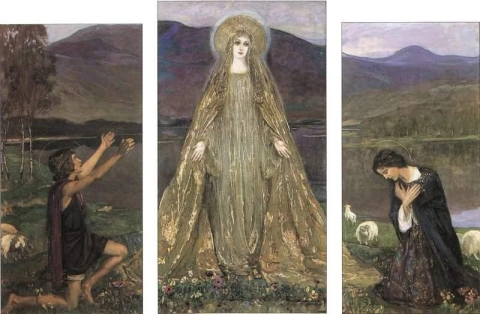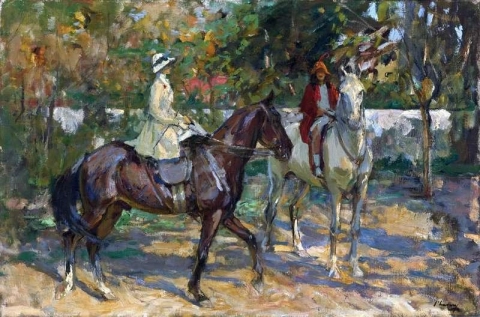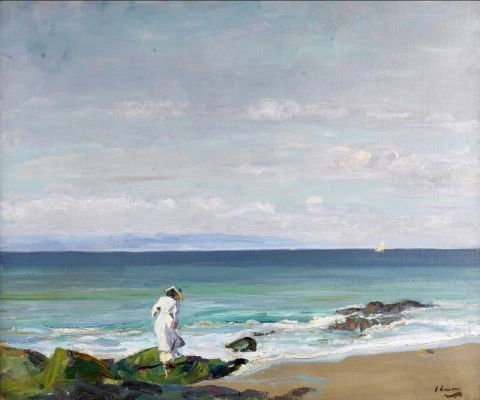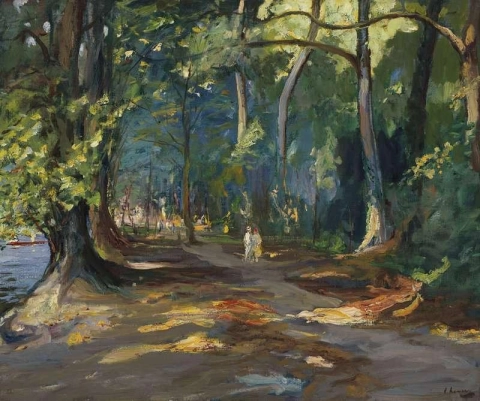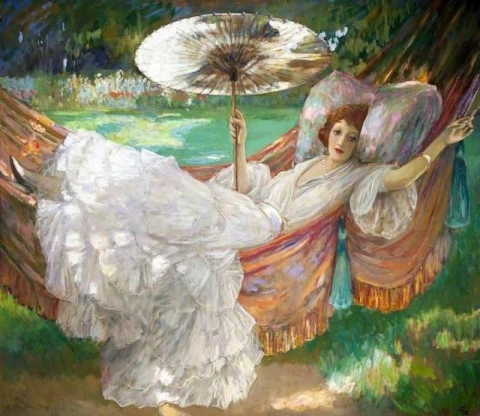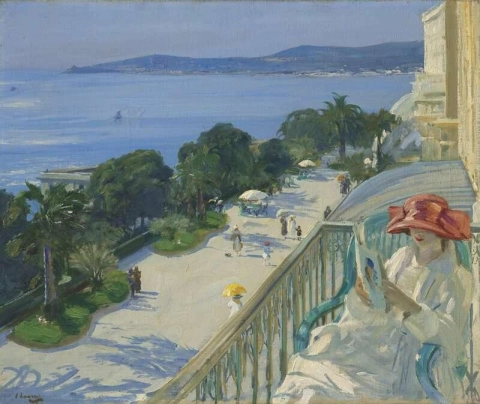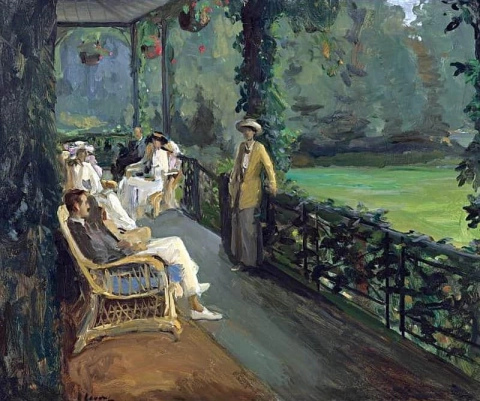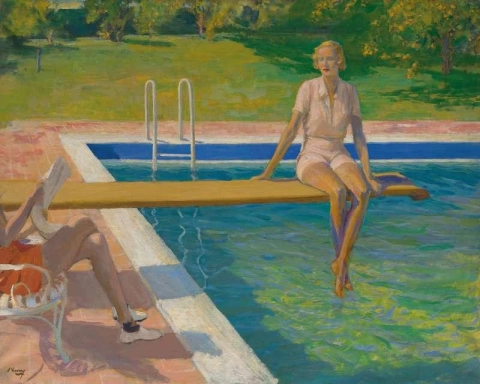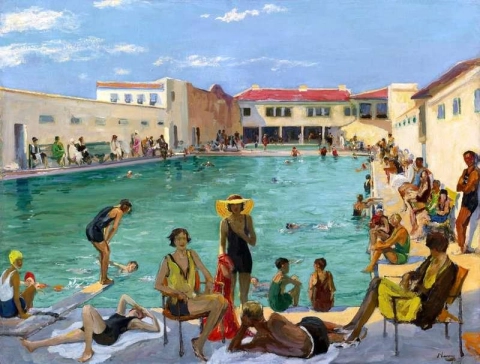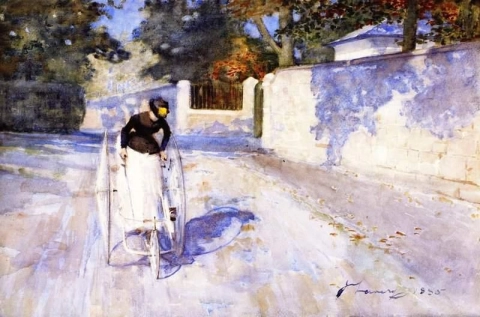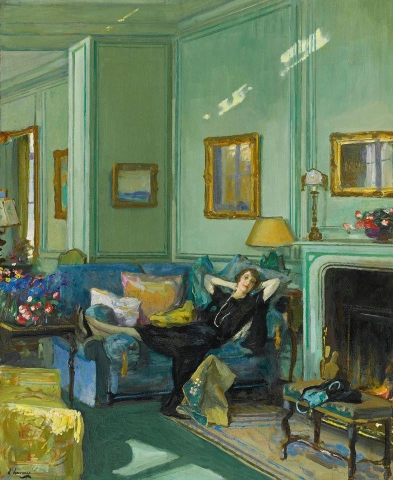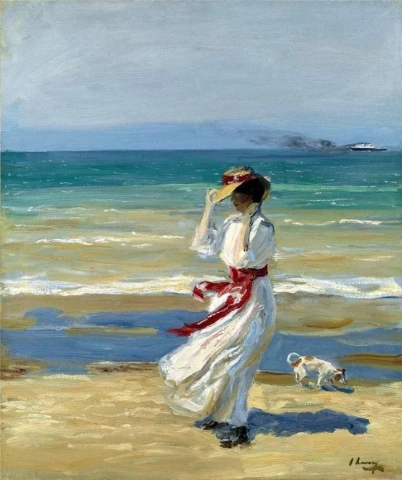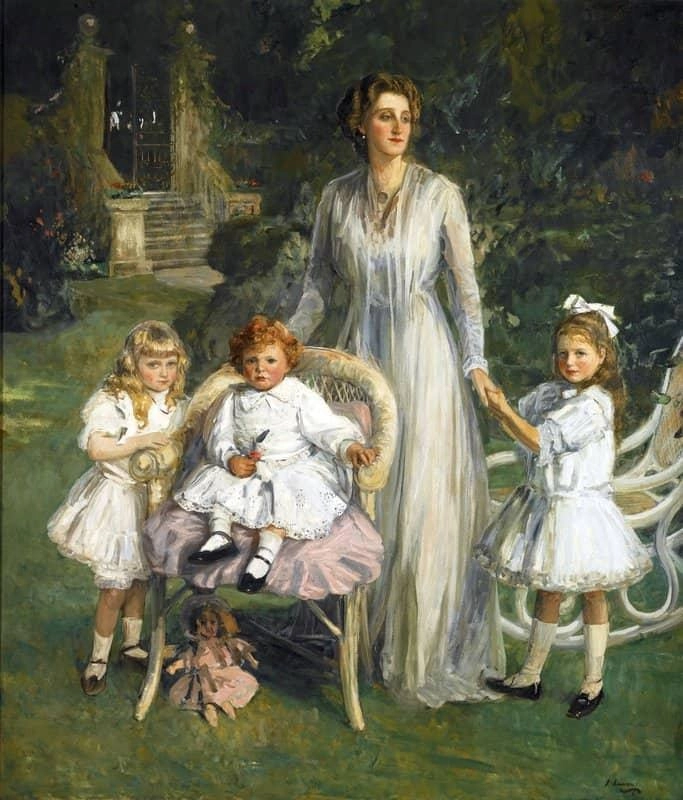

Hand painted reproductions of John Lavery
John Lavery: A Prominent British Painter of the 19th and 20th Centuries
John Lavery (1856–1941) was a renowned Scottish painter whose work spanned the late 19th and early 20th centuries. A key figure in the development of British portraiture and a leading artist of the Glasgow School, Lavery was celebrated for his mastery of light, his detailed portraits, and his skillful depictions of landscapes and social scenes. His work was influenced by both Impressionism and the evolving tastes of his time, and he achieved widespread recognition for his vibrant and evocative compositions.
Early Life and Education
John Lavery was born on 20 March 1856 in Belfast, Northern Ireland, but he moved to Glasgow, Scotland, as a child, where he was exposed to the vibrant arts scene. After showing early promise in drawing, Lavery pursued formal art training at the prestigious Glasgow School of Art. There, he honed his skills under the guidance of influential teachers and absorbed the techniques of the prominent artists of his time.
Lavery's studies at the Glasgow School of Art gave him a foundation in classical art principles, which he later blended with the modern influences of the day. His early education was marked by exposure to the emerging Impressionist movement, and Lavery soon began to experiment with looser brushwork, vivid color, and the effects of light—traits that would become characteristic of his later work.
Artistic Style and Development
Lavery’s work evolved over the course of his career, and he became known for his varied subject matter, ranging from portraiture to landscapes to urban scenes. A prominent feature of his style was his keen sense of light, which he captured with remarkable subtlety, often using color to suggest its transient nature.
Lavery’s portraits were some of his most significant contributions to British art. He achieved considerable acclaim for his ability to portray the psychological depth of his sitters while also rendering their physical likeness with precision. His portraits of notable figures, including politicians, artists, and socialites, brought him recognition and secured his position within London’s artistic elite.
One of Lavery’s most significant artistic influences was the Impressionist movement, particularly the work of Claude Monet and other French artists. Although he remained a distinct figure in the British art scene, Lavery was drawn to the free brushwork and vibrant colors that defined the Impressionist style. He utilized these elements in his landscapes, frequently painting urban scenes and coastal views with an emphasis on the effects of light and atmosphere.
Notable Works and Themes
Throughout his career, John Lavery created a diverse body of work that reflects his ability to capture a variety of subjects and moods. His portraiture was perhaps the most important aspect of his output, with some of his most famous works including portraits of British royalty and prominent figures. One of his most famous paintings, Lady Gregory in a Garden (1901), is an excellent example of his refined portraiture. The work showcases Lavery’s signature use of light and color, capturing the elegance and refinement of his subject.
Another notable painting is The Scottish Widow (1900), in which Lavery painted a somber yet graceful depiction of a grieving woman. The painting was praised for its emotional depth and for Lavery’s ability to render the psychological state of his subject with sensitivity and detail.
Lavery was also renowned for his landscape paintings. His coastal scenes, often depicting the shores of Ireland and Scotland, are known for their delicate rendering of light and atmosphere. His West of Ireland series, which features sweeping views of the rugged Irish coastline, showcases his ability to capture the ever-changing qualities of the natural world.
Lavery also painted many scenes of contemporary life in urban settings, particularly in London, where he spent much of his career. These works, such as The Reception of the King of the Belgians at the Guildhall (1904), highlight Lavery’s ability to create dynamic compositions that blend portraiture with narrative.
The Glasgow School and Legacy
John Lavery was an important figure in the Glasgow School, a group of artists who sought to break away from traditional academic painting and embrace modern, innovative approaches to art. Lavery’s work, particularly his use of color and light, exemplified the aims of the Glasgow School to push the boundaries of art while maintaining a deep connection to both national and international traditions.
Lavery’s contribution to British art was not limited to his work as a painter. He was an active member of several art societies, including the Royal Society of Portrait Painters and the Royal Academy, where he exhibited frequently. His influence extended beyond the canvas, as he mentored younger artists and participated in the cultural life of London, where he was known for his social connections and engagement with the broader art community.
Lavery’s reputation grew throughout his lifetime, and he achieved significant commercial success with his portraiture and commissioned works. In recognition of his contributions to art, he was made a baronet in 1918, and he was later elected a full member of the Royal Academy.
Where to Find Reproductions of John Lavery’s Art
John Lavery’s work continues to be celebrated for its emotive power, vibrant colors, and sensitivity to the nuances of human nature. For art enthusiasts and collectors, acquiring reproductions of Lavery’s paintings provides an opportunity to experience his unique take on portraiture, landscape, and contemporary life. His works, whether in public collections or private hands, remain a testament to the enduring appeal of his style and his contribution to British art.
Imagine owning an original-style painting by one of the greatest artists in history. At POD, we offer you the chance to make this dream a reality. Each canvas is faithfully reproduced down to the smallest detail, allowing you to experience the beauty of the artist’s vision in your own home.
Our reproductions are crafted by experienced painters using the finest materials and time-honored methods. We are committed to delivering works of exceptional quality that will inspire and bring joy to your family for generations to come.
